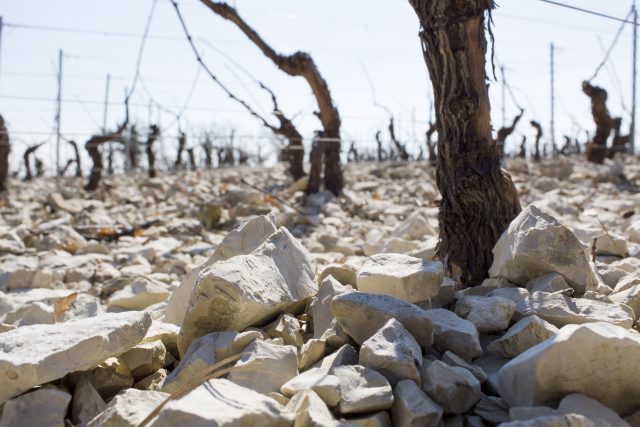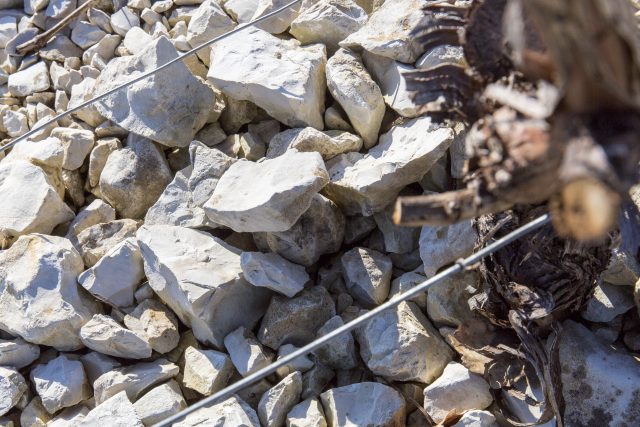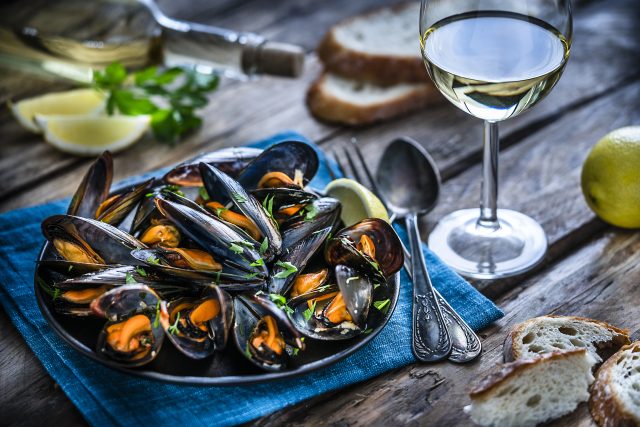This website uses cookies so that we can provide you with the best user experience possible. Cookie information is stored in your browser and performs functions such as recognising you when you return to our website and helping our team to understand which sections of the website you find most interesting and useful.
Petit Chablis gaining a grand reputation
As new fans discover it, Petit Chablis is building a reputation its on distinct terroirs, accessible wines and versatile food pairings.

Petit Chablis, to the uninitiated, might seem confusing. In a world where the best-known wines are often prefaced with the term ‘grand vin’, is it a good thing to be ‘petit’? If the literal translation of Petit Chablis (‘little Chablis’) holds, is it a question of area, quality, style – or something else?
It is a question that both irks and inspires the winemakers of Petit Chablis. It can lead to misconceptions that the wines are of lower quality than Chablis, but also removes the baggage that comes with the most prestigious appellations. Some have even taken a tongue-in-cheek approach: La Chablisienne has named its wine Pas Si Petit (‘not so little’).
In fact, Petit Chablis is distinct from its sibling wines, and deserves its own reputation. Sitting at the same quality point – a village-level wine – as Chablis in the French appellation hierarchy, it is a wine with its own identity. As an option for great value, it is increasingly marking its own territory in the crowded world of French wine.
Although bigger than Chablis Premier Cru and Chablis Grand Cru, the area for Petit Chablis production is relatively little. At 1,257 hectares, it is around one-third of the Chablis appellation. It only accounts for around 20% of overall Chablis production each year. It is also a few years younger. Chablis and Chablis Grand Cru gained appellation contrôlée (AC) status in 1938, while Petit Chablis joined those ranks in 1944.
Yet those differences do not adequately explain the appellation’s distinct identity. The key determining factor is its specific geology. Bourgogne’s vineyards are generally known for their limestone-rich soils and varied aspects. One particularly common formation found across the region combines two types of soils. Kimmeridgean soils – a fossil-filled combination of dense limestone and compressed clay – tend to make up the exposed slopes of the region’s many valleys. These are capped by 135 million year-old Portlandian soils, which contain brittle chunks of brown limestone, which are often mixed with silt and sand.

The vineyards of Petit Chablis mostly sit on these higher slopes and plateaus of Portlandian soil. In this, it is distinct from its neighbouring appellations, as they are dominated by Kimmeridgean soils. In altitude, too, Petit Chablis is distinct, forming the highest band of vineyards in the region, with sites located between 230 and 280 metres.
Such unique terroir creates a notable stylistic difference, even though all of the region’s wines are made using the Chardonnay grape. While the famous Kimmeridgean soils impart the intense minerality needed for long ageing, Petit Chablis’ Portlandian soils and early ripening sites have a more fruit-forward style, ideal for drinking young. Even as a northerly wine growing region, only two hours southeast of Paris, it can achieve the necessary ripeness for these popular wines.
Plenty of variety
As the Petit Chablis appellation is spread across several hills, there is plenty of variety in aspect, geology and altitude. Different producers therefore can make markedly different expressions. However, certain common characteristics have built the reputation of Petit Chablis wines. The colours, for instance, tend towards pale yellow, with occasional glimmers of gold or green. Aromatically, the wines usually show white flowers and fresh citrus, sometimes with white peach notes and gun-flint minerality. On the palate, the wines present lively acidity, but with a roundness and generosity that contributes to their versatility.
It is a style that has found favour with plenty of drinkers. As a good-value, accessible wine, it refutes any misconceptions that high-quality French products are beyond the reach of ordinary drinkers. Consumers need only chill it (8-10°C is recommended) and the wine is ideal for a host of occasions. Whether as a refreshing aperitif, a wine to pair with food or a glass shared with friends, its easy versatility has turned many drinkers into repeat customers.
This, perhaps, is also why Petit Chablis is increasingly appearing on wine lists. Versatile, food-friendly wines from a quality-focused region often command a high price, putting them far down the list. Yet Petit Chablis, even though it matches those criteria, is building its reputation as an affordable restaurant wine. Indeed, keenly-priced examples often appear as a by-the-glass representative of French Chardonnay, well matched to flavours such as goat’s cheese, omelettes with bacon, mussels and grilled sardines.

“I really enjoy the simplicity and elegance of Petit Chablis,” says Jean-Christophe Slowik, co-founder of bistro Les 2 Garçons. “It is an easy and uncomplicated wine to enjoy, as well as being very good value for money.”
The Michelin Bib Gourmand-winning restaurant, situated in London’s trendy Crouch End neighbourhood, often pairs Petit Chablis with its French dishes, such as fish soup, chicken ‘poule au pot’ or roast sea scallops with orange and Champagne butter. “It suits a range of our dishes,” says Slowik, “especially some of our rich appetisers, which go very well with the minerality, well-balanced acidity and citrus flavours of Petit Chablis.”
The orange and Champagne butter may be a stretch for most home cooks, but it offers perfect proof of the wine’s versatility. The wine trade is noticing the appellation’s potential for great-value, versatile wines from which consumers can expect high quality. Whether at home, at wine bars or in bistros, more drinkers than ever are discovering that Petit Chablis has a charm all of its own.

